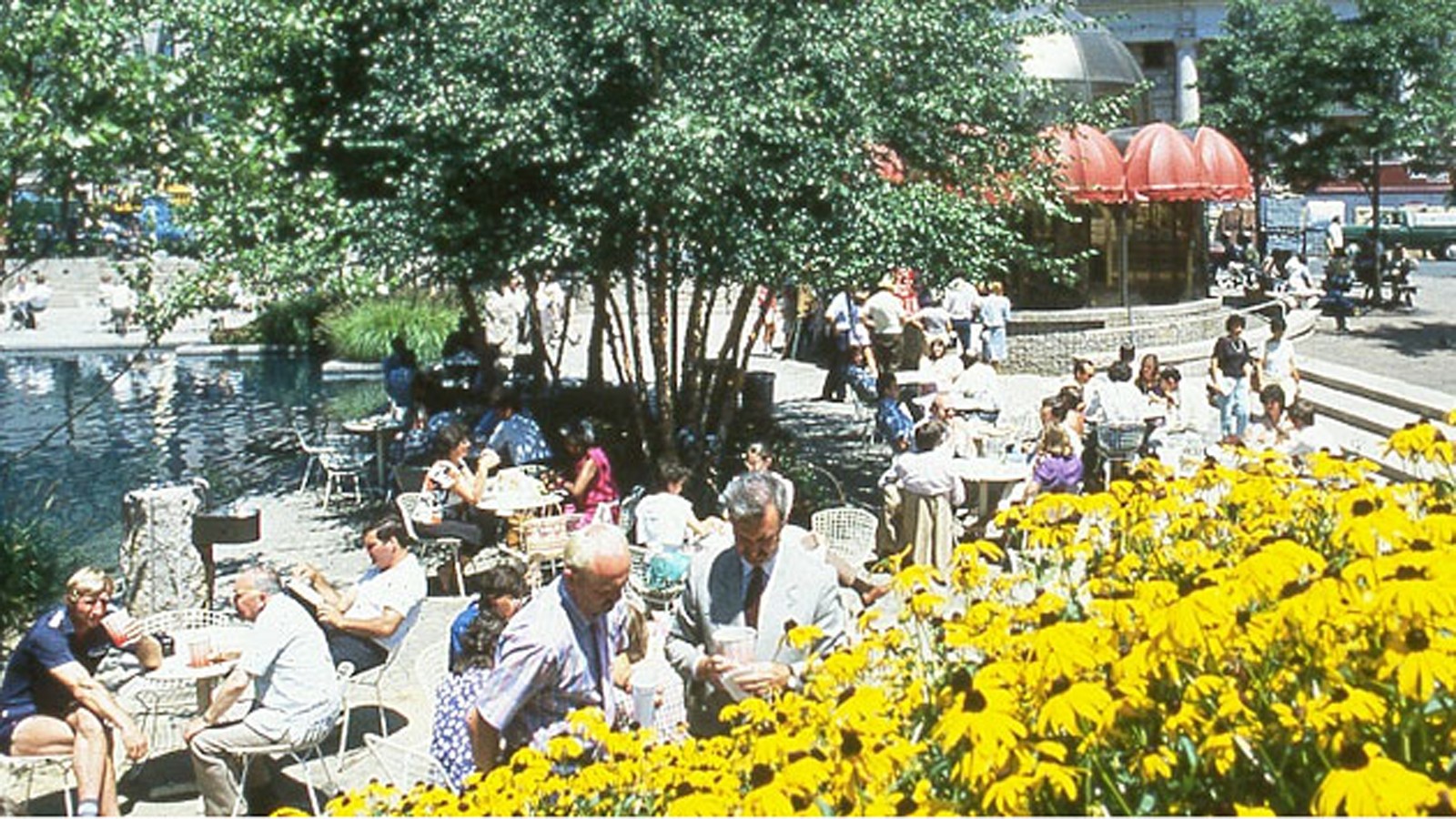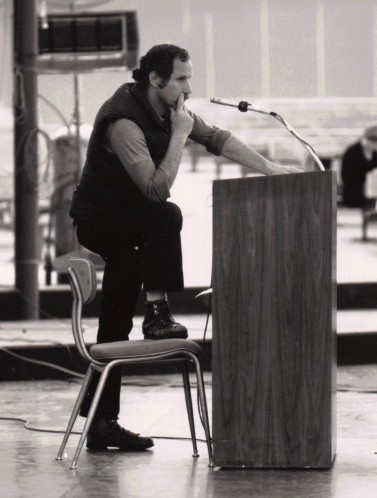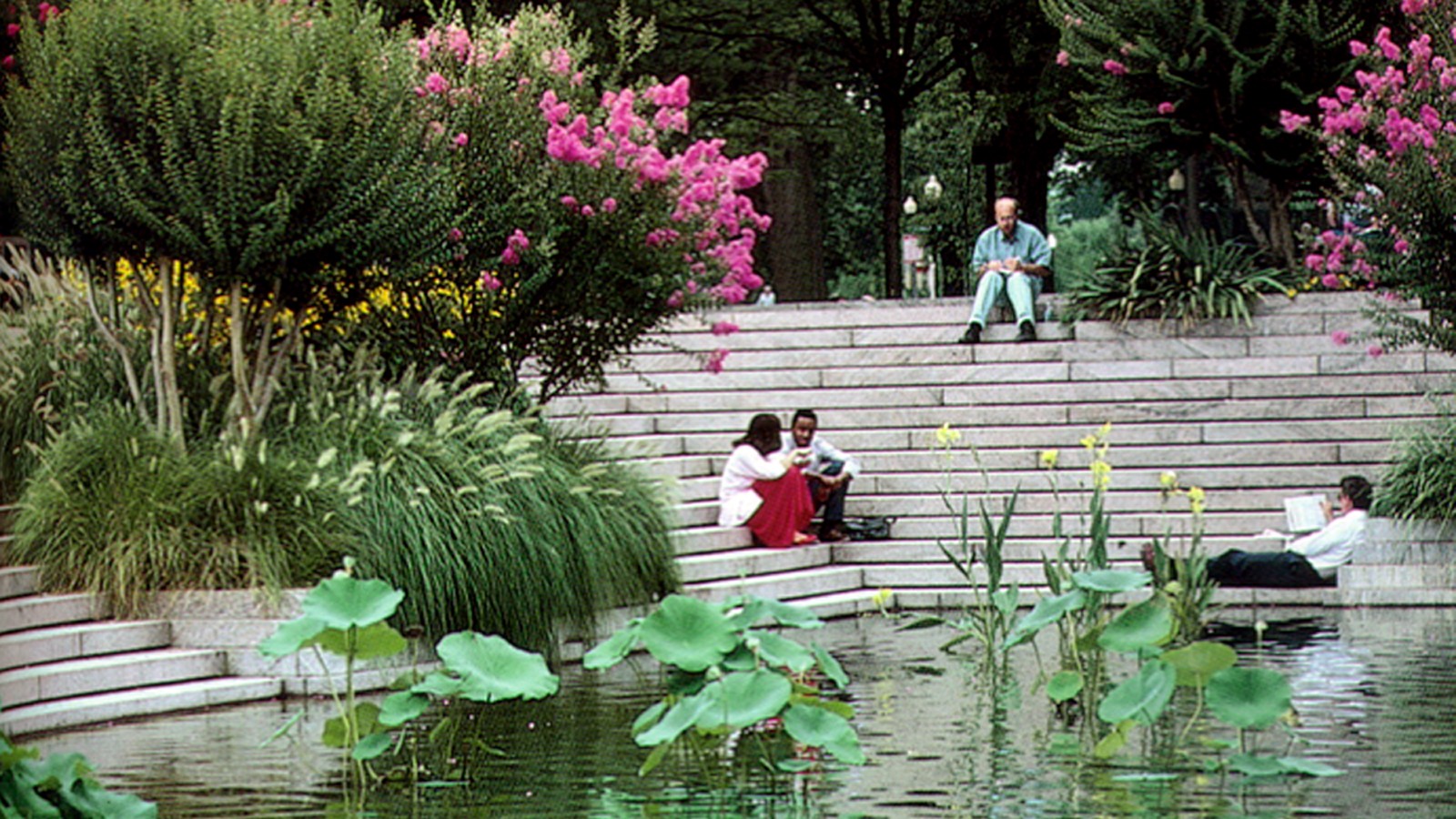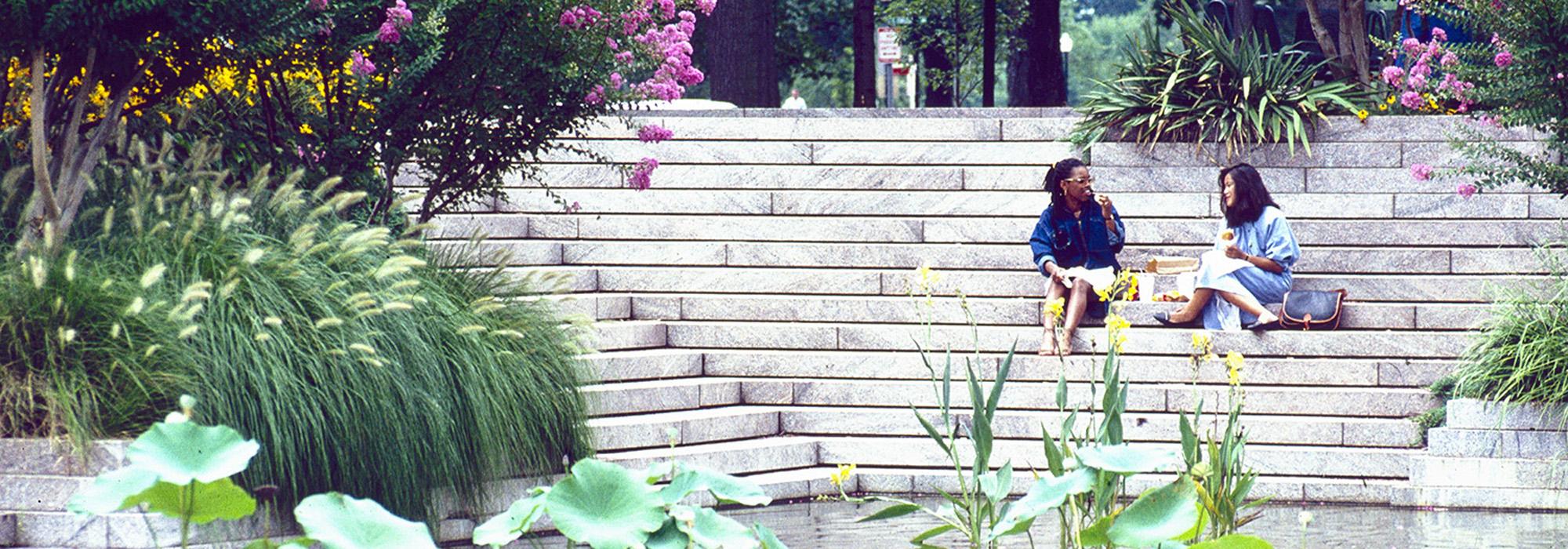Beyond Olmsted and a Plea for Preserving Contemporary Works

Some years ago at an Aspen Design Conference, author Michael Creighton started his presentation with the names of 5 to 10 of the most well known French artists from the late 19th century. The irony was that none of these names are recognizable today.
Time has been the arbiter of the artist’s importance. The point Creighton was making was that perspective is required to determine what has sustainable cultural value. Time provides the perspective.
Fostering this concept it is curious that we indulge administrators, corporate CEOs or developers upon their whim and without any oversight to destroy contemporary works of landscape architecture. Is our work of so little value that we allow its destruction without adequate evaluation or foresight? Adding insult to injury; is material gain so important that one professional will accept the commission to modify or even destroy the work of a respected professional without proper sanction? Where is our collective voice, the professional society, to protect valued designs? I don’t think we can or should depend on the ‘white knight’ to protect our heritage.
The situation is difficult to understand. There was time when I started practice that we were embarrassed to raise our squeaky inconsequential voice. However now we have gained respect and validity as a profession and can make a difference. So what am I saying—preserve all the public and private space designs?
Not at all.
What I am advocating is that we institute an intelligent method of determining what is to be preserved and for how long. It would be arrogant to defend all landscape architecture as we do fine art. Our art is differentiated from fine art by the fact that we serve the public and the public is a moving target allowing for change, but not indiscriminate change.
In my own mind, I have tried to determine/justify reasons for preservation. After allowing for the obvious inherent educational value, and as a living museum reminding us of the past, the answer is simple: Is what replaces the existing work of landscape architecture of more value. Is the experience more elevating, does the design enhance the vision of oneself, community, and environment? Are we eradicating historic precedents?

This is a sampling of potential criteria for the determination. It should not be the client or the commissioned professional’s decision as they often have ulterior motives or self-serving objectives. For instance, I have witnessed the destruction of one of my most important works to the limited perspective of a bureaucrat whose goal was to eliminate the sale of drugs. Any informed person knows that physical design cannot do this. This is a management issue. Had we had a mechanism requiring an evaluation of the existing and proposed design this municipal official may not have destroyed a valued cultural property. I am not alone. We are losing seminal works on an annual basis.
Although, in principle, I am opposed to more controls, I would like to suggest a peer review group that would be composed of professionals in the field, allied professions, historians, and citizens. This committee would have the responsibility to evaluate and critique design proposals and review changes. This is not perfect but it will nurture an informed discourse.
I understand that there are designs that need to undergo change to respond to new mandates. I am not so arrogant that I believe what I have designed is sacrosanct and cannot be either replaced or modified. For example, in 1996, Oehme Van Sweden redesigned the plantings at Pershing Park, a Washington, D.C. design originally commissioned by the Pennsylvania Avenue Development Corporation in 1979. A full confession: at first, I was furious. However, when I saw that the result transformed the park and created another level of experience I was indebted.
I am not a preservationist by nature. What I do desire is that when decisions to alter my work and the designs of others in the field be reviewed and sanctioned by knowledgeable people. That the decision to maintain, alter or demolish be supported by intelligent criteria and a jury of my peers—and at a minimum, for those landscapes that are significant that are razed, that they be documented.
We, as professionals, contribute to the collective culture of the public realm. It is critical that what we do is valued, recognized and preserved until it is replaced by greater value. It is time to think ‘beyond Olmsted’ and properly value and protect contemporary works of landscape architecture.





